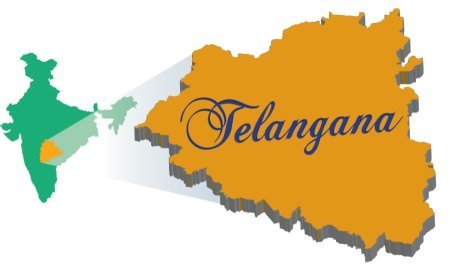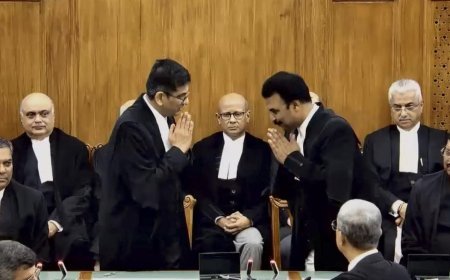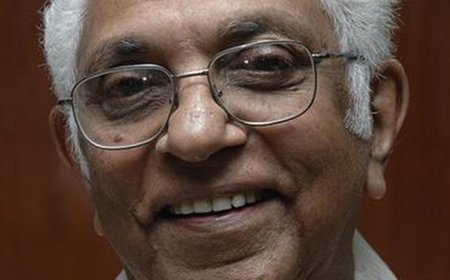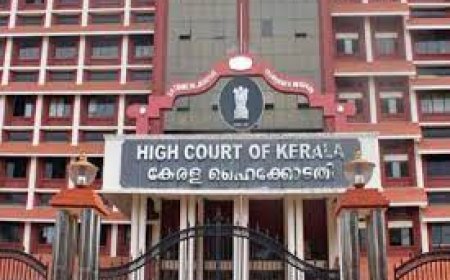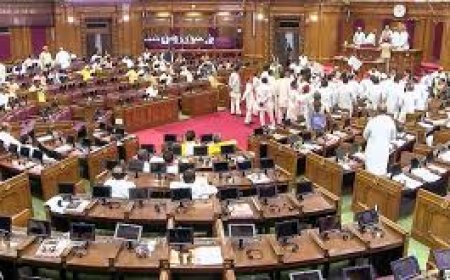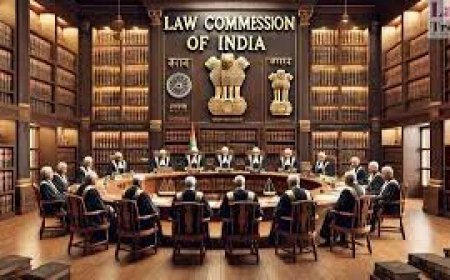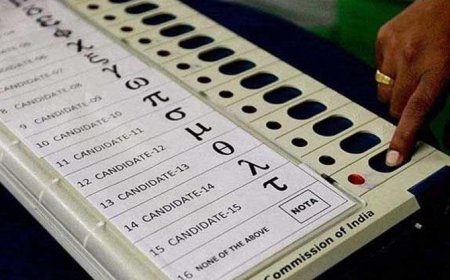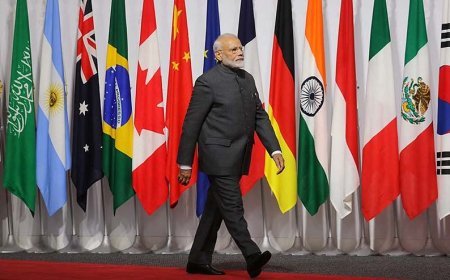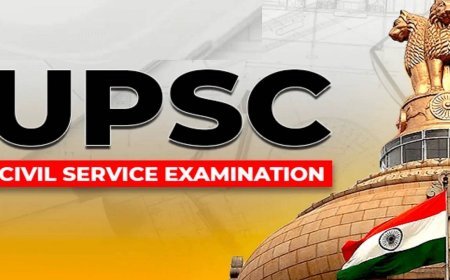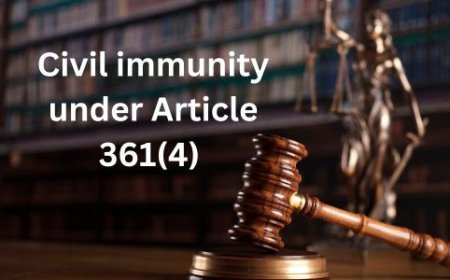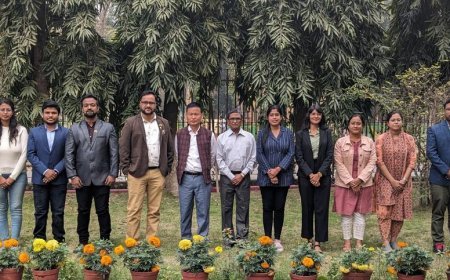Weakest First: On Judiciary and Sub-Categorisation Within a Class

Weakest First: On Judiciary and Sub-Categorisation Within a Class
This editorial is based on “Weakest first: On judiciary and sub-categorisation within a class” which was published in The Hindu on August 03, 2024. The article discusses the Supreme Court's recent judgment allowing states to classify Scheduled Castes (SC) into sub-groups to provide preferential treatment to the least advanced among them, emphasizing the evolution of affirmative action jurisprudence towards substantive equality.
The Supreme Court's recent judgment marks a significant shift in the jurisprudence of affirmative action, allowing states to sub-categorize SCs to ensure that the benefits of reservation reach the weakest and most backward sections within the SC community. This move towards substantive equality represents a deeper understanding of social justice by recognizing the diversity and varying degrees of backwardness within the SC category.
Evolution of Affirmative Action
From Formal Equality to Substantive Equality
- Formal Equality: Initially, affirmative action was rooted in the principle of non-discrimination, treating all individuals equally under the law.
- Example: General reservations for SCs without considering intra-group differences.
- Substantive Equality: The aim has evolved to achieving substantive equality, where affirmative action is seen as a means to address historical and social disabilities by embracing diversity.
- Example: Recognizing the need for sub-categorisation within SCs to ensure equitable distribution of benefits.
Supreme Court's Judgment
- Majority Verdict: By a majority of 6:1, the Supreme Court has allowed states to classify SCs into sub-groups for preferential treatment.
- Example: Providing specific sub-quotas for the weaker and more backward sections within the SC community.
- Reversal of Previous Judgment: This verdict overturns the 2005 E.V. Chinnaiah judgment, which had ruled that sub-classification of SCs by states was unconstitutional.
- Example: The Andhra Pradesh law classifying SC communities into groups was struck down in 2005.
Impact of Sub-Categorisation
Addressing Intra-Group Inequities
- Heterogeneity Among SCs: The Court recognized that SCs do not constitute a homogeneous class and that there are significant differences in the levels of advancement among them.
- Example: While all SCs face untouchability, some sub-groups are more socio-economically backward than others.
- Empowering States: States are now empowered to identify and extend preferential treatment to the weaker sections among SCs.
- Example: States can create sub-quotas within the SC reservation to benefit the most marginalized.
Challenges in Implementing the Creamy Layer Concept
- Creamy Layer Exclusion: Four judges supported the exclusion of the "creamy layer" within SCs to ensure that the benefits of affirmative action reach the weakest sections.
- Example: Excluding better-off SCs from reservation benefits to prevent them from dominating the quota.
- Complexity in Application: Implementing the creamy layer concept among SCs is more complex compared to OBCs.
- Example: Different socio-economic criteria may be needed for SCs compared to OBCs.
Social Justice and Equality
Ensuring Adequate Representation
- Focus on Marginalized Sections: The primary goal is to ensure that the most marginalized sections among Dalits receive adequate representation and benefits.
- Example: Prioritizing the least advanced SC sub-groups in educational and employment opportunities.
- Potential Future Exclusions: While the exclusion of the creamy layer among SCs is not yet binding, it may be considered in the future to enhance the effectiveness of affirmative action.
- Example: Future policies may formally exclude better-off SCs from reservations to focus resources on the most disadvantaged.
Role of Judiciary in Affirmative Action
Evolving Jurisprudence
- Affirmative Action as Equality: The judiciary has played a crucial role in evolving the concept of affirmative action from being an exception to a norm that deepens the idea of equality.
- Example: The latest judgment reflects a progressive interpretation of social justice.
- Balancing Diversity and Equality: The Court's decision balances the need for diversity within the SC category with the principle of equality by ensuring that affirmative action benefits those who need it the most.
- Example: Sub-categorisation allows for a more nuanced and effective implementation of reservation policies.
Conclusion
The Supreme Court's judgment allowing sub-categorisation within the SC category represents a significant step towards achieving substantive equality and social justice. By recognizing the heterogeneity within SCs and empowering states to provide preferential treatment to the most marginalized, the judgment ensures that affirmative action benefits reach those who need them the most. While challenges remain in implementing the creamy layer concept, the focus on the weakest sections among Dalits marks a progressive shift in the jurisprudence of affirmative action.
What's Your Reaction?


















